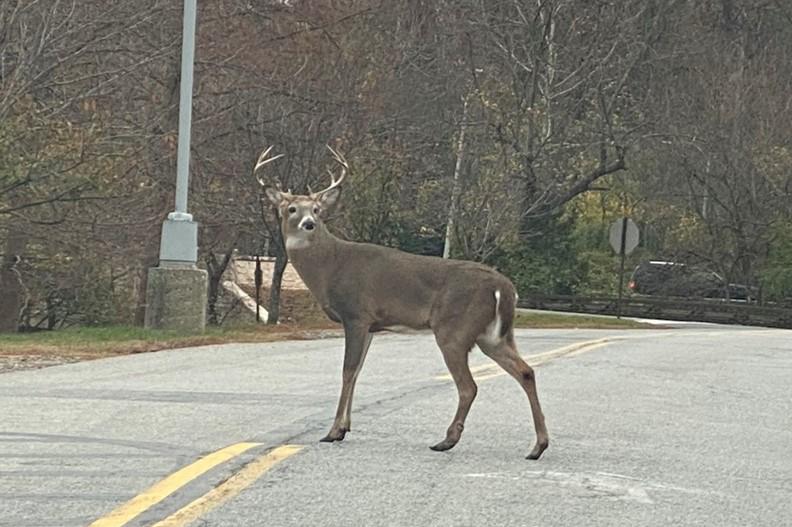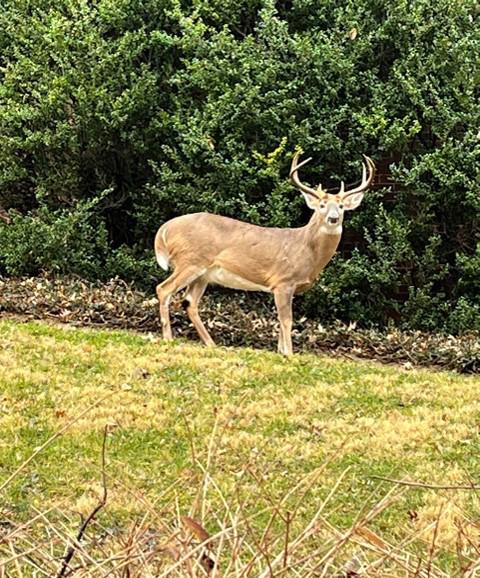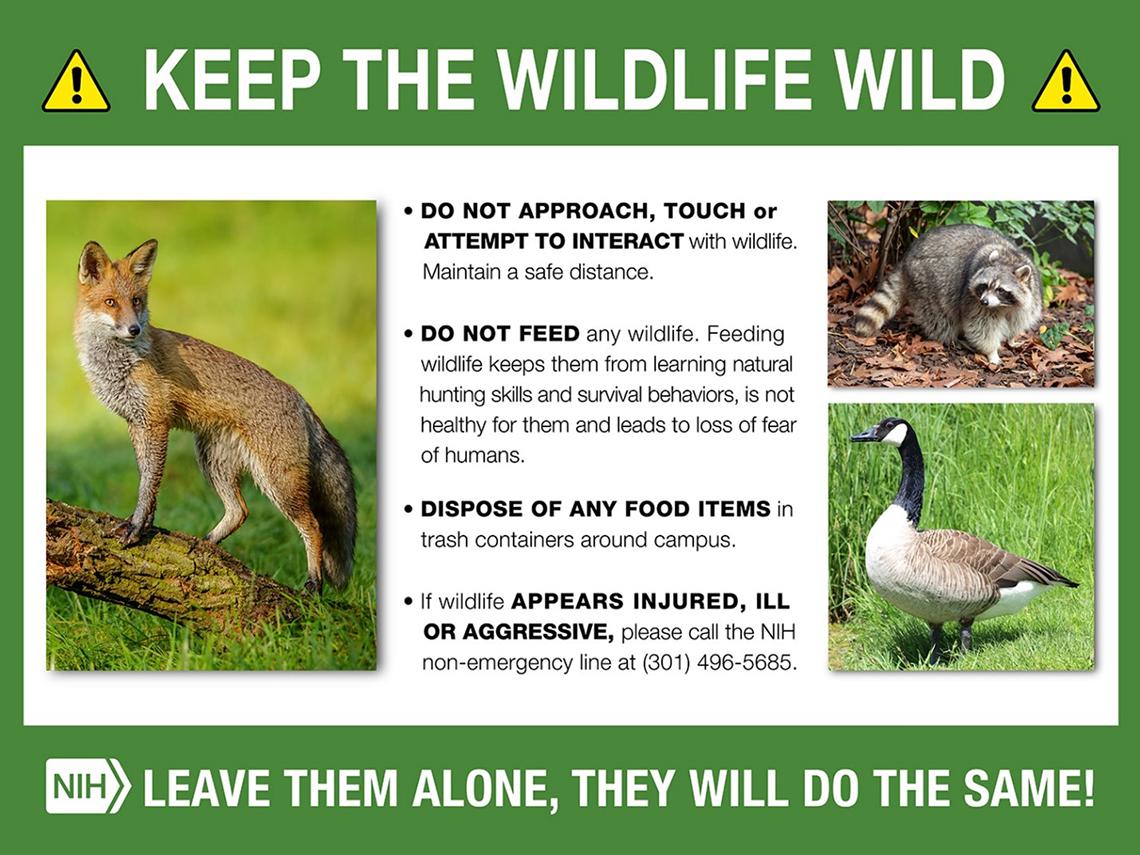Reports of Lameness in White-Tailed Deer on Campus
Lameness is defined as the inability to properly use one or more limbs, and it’s often associated with pain or injury. In wildlife, lameness can be difficult to identify, as these animals avoid close contact with humans, which impedes our ability to assess them.
Many different issues can cause lameness, from physical impediment such as muscle damage, hoof damage or healed injuries that cause scarring, to infections that affect the brain, spine, hips, knees or hooves. The only way to determine what might be causing a particular animal to be lame is by touching the patient and examining them closely.
Even without close examination, though, it’s possible to perceive mechanical impairment of the gait, or ‘limping’, and that can be used as a general guide to identify possible causes.
On the Bethesda campus, there’s a small population of white-tailed deer (Odocoileus virginianus), composed primarily of adult females with their offspring, and a smaller group of three or four adult to young-adult males. The males will often hang out together, or with the females, in non-mating season, and shift to solitary life during rut, when they compete with other bucks for mating.
NIH has a group of dedicated veterinarians and volunteers on campus—the Wildlife Veterinary Volunteers (WVV)—who investigate concerns with wildlife.
In January 2022, WVV had a report of a lame buck; the on-call veterinarian (Dr. Tom Thomas of the Division of Veterinary Resources, Office of Research Services) found him with a herd of female deer. Thomas assessed him and saw no visible signs of illness or injury.
In November 2022, there was another report of a lame buck. The on-call veterinarian (Dr. Ginger Tansey, National Eye Institute) saw him the following day and observed him alone, moving well with no signs of illness or injury. After discussion, the veterinarians agreed it was likely the same buck both times, as it was a rear-leg lameness with no visible injury or illness.
In veterinary medicine, we have old sayings handed down from the days of making farm calls. One of these is “If you can’t catch the patient, it isn’t that sick.” We have to weigh the stress of chasing a sick animal, particularly a wild species, with the possible benefits of capturing and treating that patient. In most cases, if the patient is mobile and able to evade us, it’s not worth the stress—which could potentially be fatal to the deer—and that’s why we are careful to observe from a distance.
In this case, the buck appears to be mobile and moving without pain or distress; his actions are not out of the ordinary, and as one would expect of a healthy deer, he is seen in the company of other deer. Because of all these factors, ORS has not tried to capture this buck, and will continue to keep an eye on him. As long as he can move around normally, even with a limp, we don’t need to attempt any treatment.
Remember if you see any injured wildlife on the NIH Bethesda campus, you can call (301) 496-5685 and report it to the nonemergency dispatcher who will contact one of the on-call veterinarians.




